London is one of the world’s most popular cities in terms of international visits, if not the most visited. It attracted 19.1 million international visitors in 2017 with its array of tourist attractions, many of them giving account of its rich history. Museums and galleries are chosen by the majority of tourists, followed by parks and open spaces, and other places such as the London Eye, the Big Ben, the Houses of Parliament, and Nelson’s Column. In this article we will present the top 10 most visited attractions in London with visits per venue (statistics date from 2015):
-
The British Museum: 6,820,686
The British Museum is dedicated to human history, art, and culture, and its permanent collection includes around 8 million works originating from all continents and documenting human history from its beginnings to the present. The institution was based in 1753 on the collection of scientist and physician Sir Hans Sloane, and it opened to the public on January 15, 1759, in the same place as the current building. The museum is ranked first nationally and 4th globally, and it has an area of 807,000 square feet, containing 94 galleries.
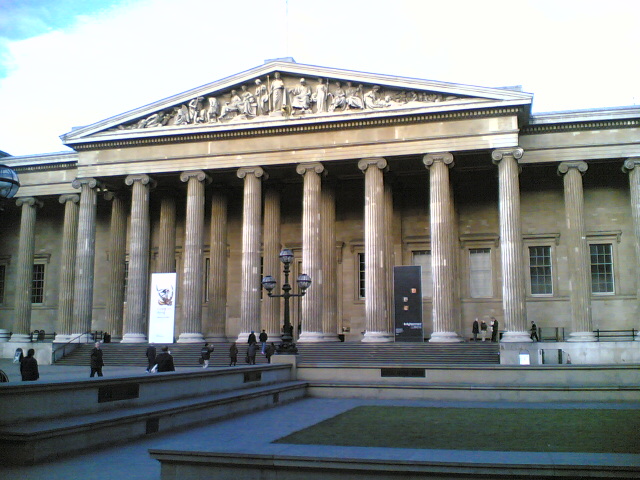
-
The National Gallery: 5,908,254
The second institution on the list is an art museum, located in the famous Trafalgar Square in the City of Westminster. The National Gallery was founded in 1824 and it comprises a small collection – just 2,300 paintings dating from the mid-13th century to 1900. The purpose of this gallery is to present an encyclopedic view of developments in Western painting – only the most important works are exhibited there. The building of the National Gallery has suffered multiple modifications in time and the most important addition in recent years has been the Sainsbury Wing, designed to house the collection of Renaissance paintings.
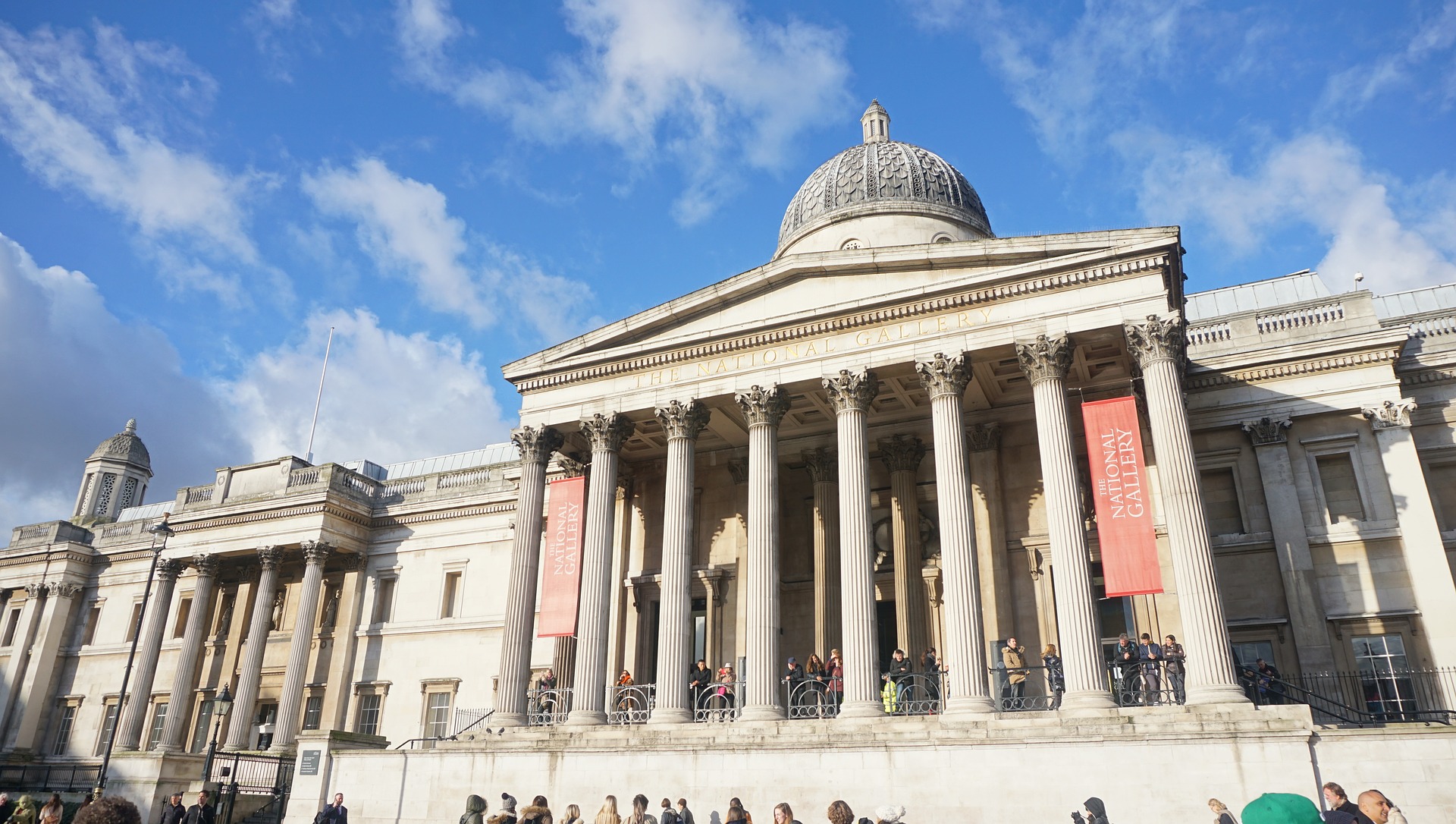
-
The Natural History Museum: 5,284,023
The Natural History Museum is located on Exhibition Road in South Kensington, together with the Science Museum and the Victoria and Albert Museum. It hosts around 80 million items, divided into five main collections: botany, entomology, mineralogy, paleontology, and zoology. The museum is also a center of research specializing in taxonomy, identification, and conservation, and some of the specimens have been collected by Charles Darwin, thus having and added historical value. Tourists will be pleased to know that The Natural History Museum does not charge an admission fee. Catherine, Duchess of Cambridge, is a patron of the museum.

-
The Southbank Centre: 5,102,883
Those visiting London can have a glimpse of the city’s artistic life by visiting Southbank Centre, a complex of artistic venues located on the South Bank of the River Thames. The center includes three main performance venues: the Royal Festival Hall, The Queen Elizabeth Hall, and the Purcell Room. It is Europe’s largest center for the arts and events taking place here include music, dance, literature, education programs, art exhibitions, and many others. There are four resident orchestras at Southbank Centre: London Philharmonic Orchestra, Philharmonia Orchestra, London Sinfonietta, and Orchestra of the Age of Enlightenment.
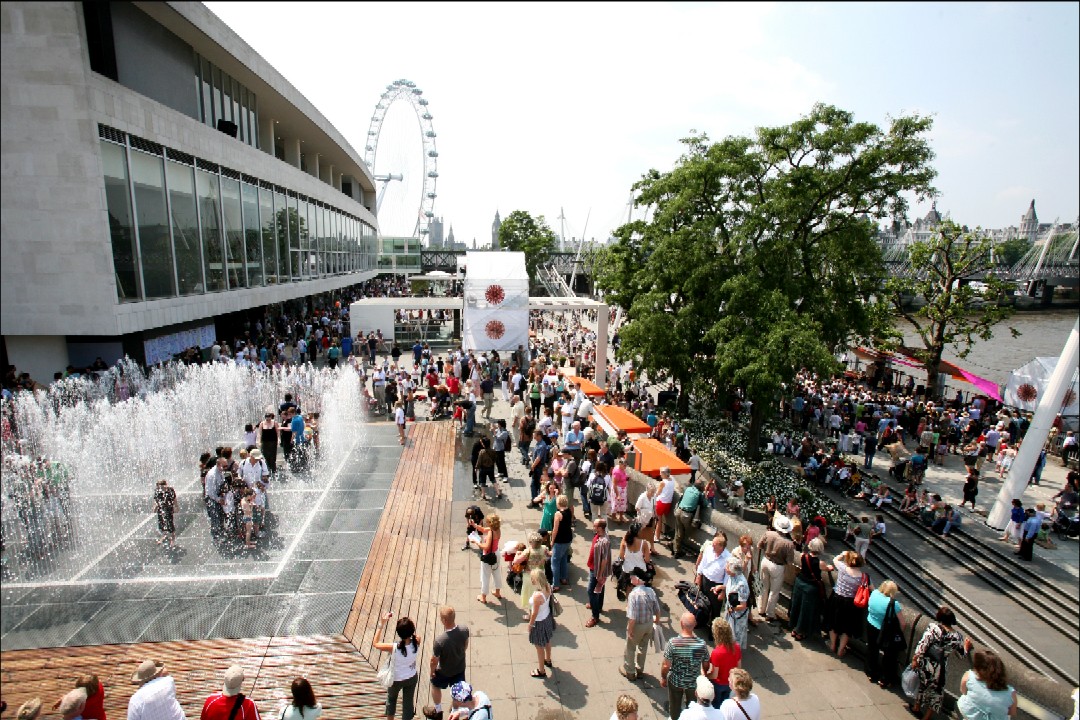
-
The Tate Modern: 4,712,581
Those who prefer modern and contemporary art will have a great time at Tate Modern, Britain’s national gallery of international modern art and part of the Tate group. Here you can view British art from 1900 to present day, as well as international works of art. Again, there is no admission charge for having access to the collection displays, but tickets are needed for major temporary exhibitions. The Tate Modern was established rather recently, in 2000, and in such a short time it managed to reach the 4th place nationally and the 6th place globally!
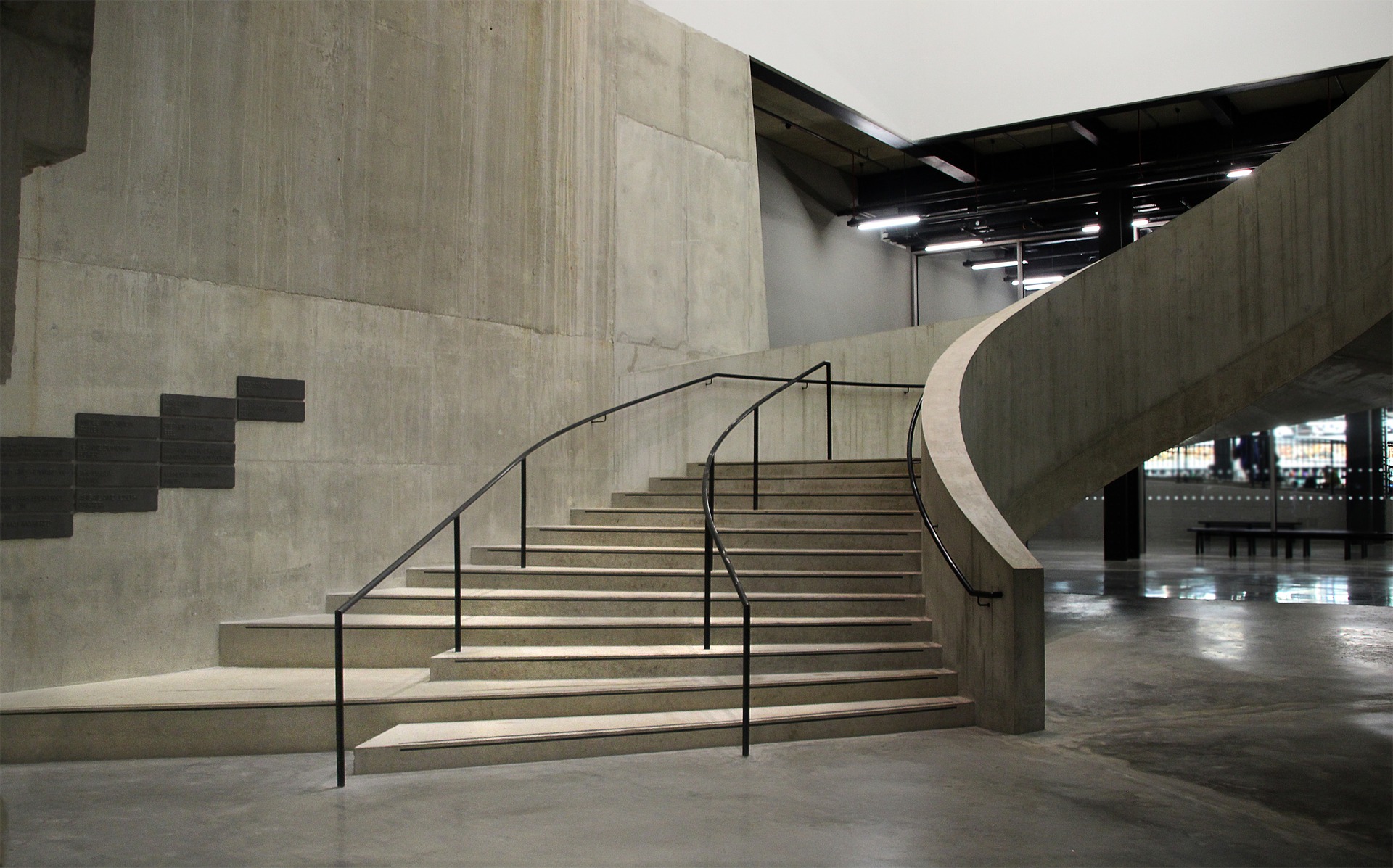
-
The Victoria and Albert Museum: 3,432,325
Queen Victoria and Prince Albert are some of the most beloved figures of the British monarchy and it is no wonder that a museum with a permanent collection of over 4.5 million objects is dedicated to the couple. The museum was founded in 1852 and is located in the Brompton district, in an area nicknamed Albertopolis due to its strong association with Prince Albert. Queen Victoria was Queen of the United Kingdom of Great Britain and Ireland from 1837 to her death in 1901. She married her first cousin, Prince Albert of Saxe-Coburg and Gotha, in 1840, and their nine children married into noble and royal families across Europe, earning her the name “the grandmother of Europe”.
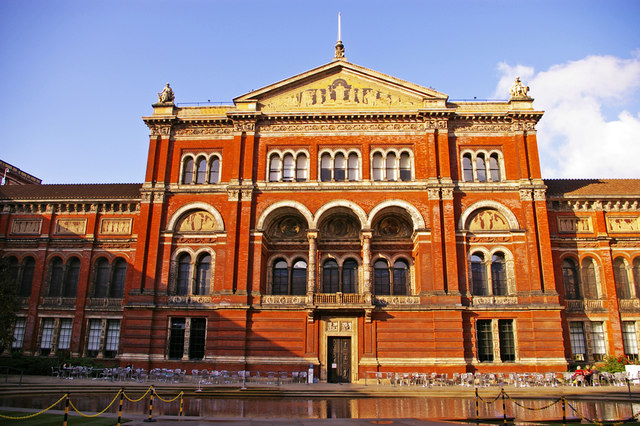
-
The Science Museum: 3,356,212
The Science Museum attracts approximately 3.3 million visitors annually and is one of London’s main tourist attractions. It is located on Exhibition Road in South Kensington and it was founded in 1857. It is part of the Science Museum Group, after merging with the Museum of Science and Industry in Manchester in 2012. Its permanent collection includes over 300,000 items – some of the most famous exhibits are the oldest surviving steam locomotive (Puffing Billy), the first jet engine, and a reconstruction of Francis Crick and James Watson’s model of DNA.
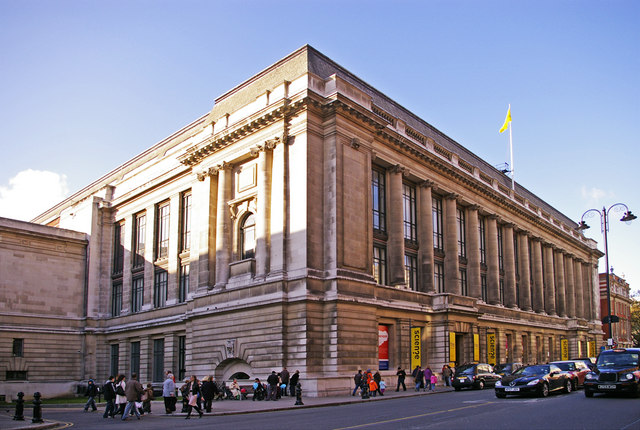
-
Somerset House: 3,235,104
Somerset House is placed on the site of a Tudor palace and was designed by Sir William Chambers in 1776. The building is in the Neoclassical style and its East Wing is part of the adjacent Strand campus of King’s College London. It is occupied by cultural institutes, government organizations, and art galleries, and is also a popular filming location. Some of the largest big budget Hollywood films feature the Somerset House, such as two James Bond films, Tomorrow Never Dies and GoldenEye; The Duchess; Sherlock Holmes and many others.
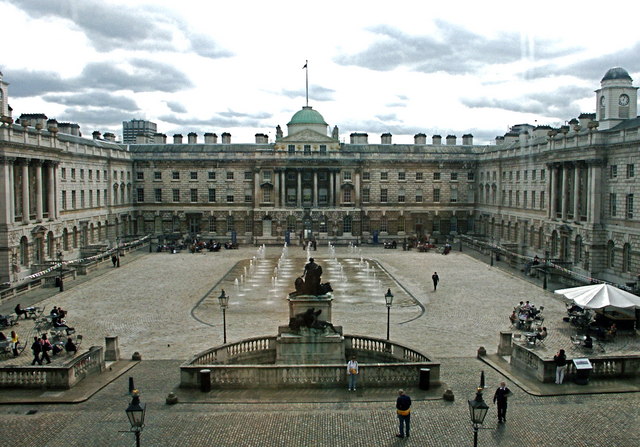
-
The Tower of London: 2,785,249
Officially called Her Majesty’s Royal Palace and Fortress of the Tower of London, Tower of London is a historic castle located on the north bank of the River Thames in central London. It has been built in several stages: the White Tower in 1078, the Inner Ward in the 1190s, it was re-built in 1285, and it has been added the Wharf expansion between 1377 and 1399. It has been popularized as a place of torture and death but only seven people were executed within the Tower before the 20th century. The Tower of London is cared for by the charity Historic Royal Palaces and protected as a World Heritage Site.
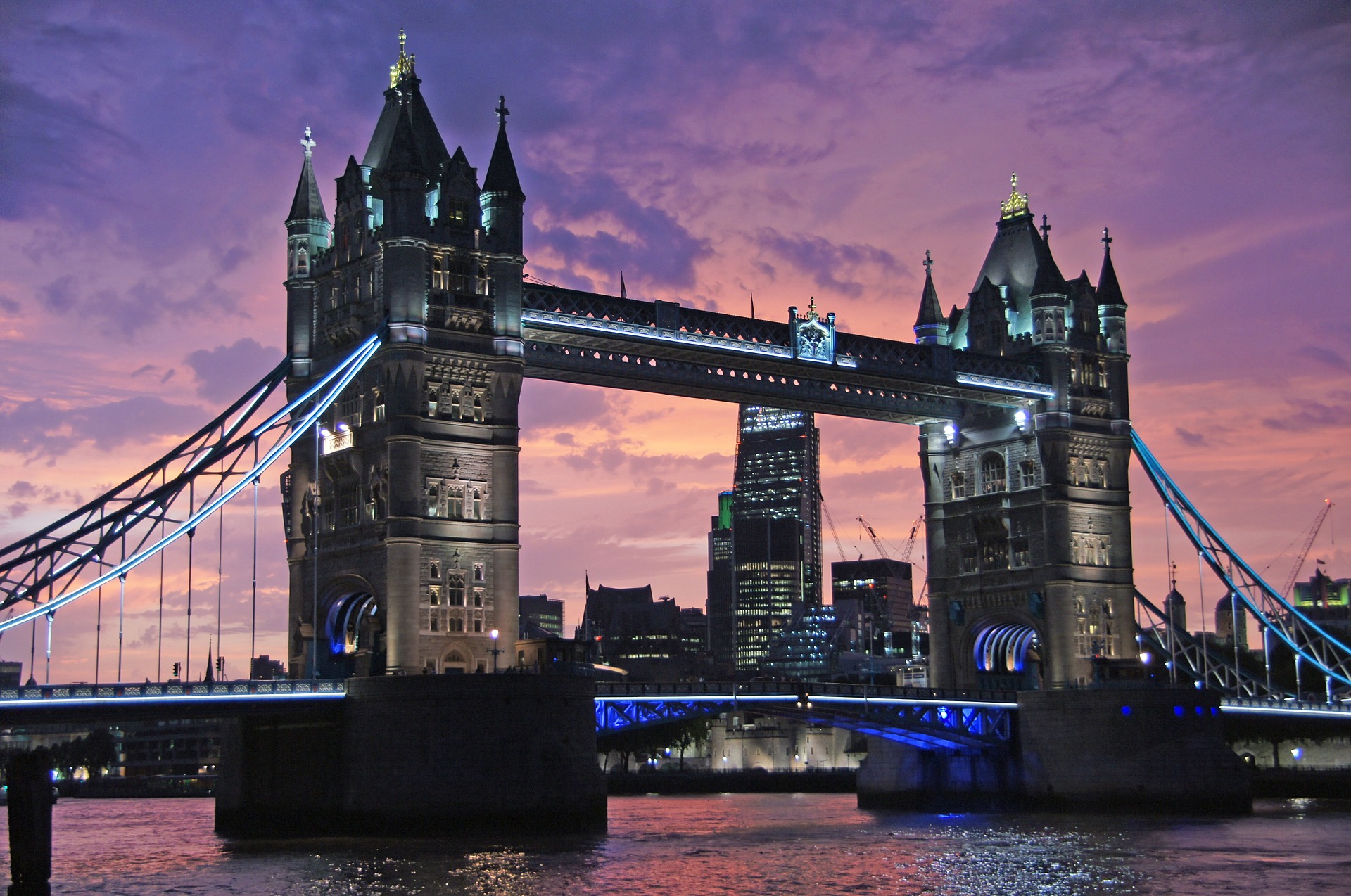
-
The National Portrait Gallery: 2,145,486
As its name suggests, The National Portrait Gallery hosts a collection of portraits of historically important or famous British people. It opened in 1856 and at that time it was the only portrait gallery in the world. The first painting to enter the NPG’s collection was the Chandos portrait of William Shakespeare, and portraits of living figures were allowed from 1969. A large development and major transformation is planned to start in 2020, under the title Transforming the reach of the National Portrait Gallery.
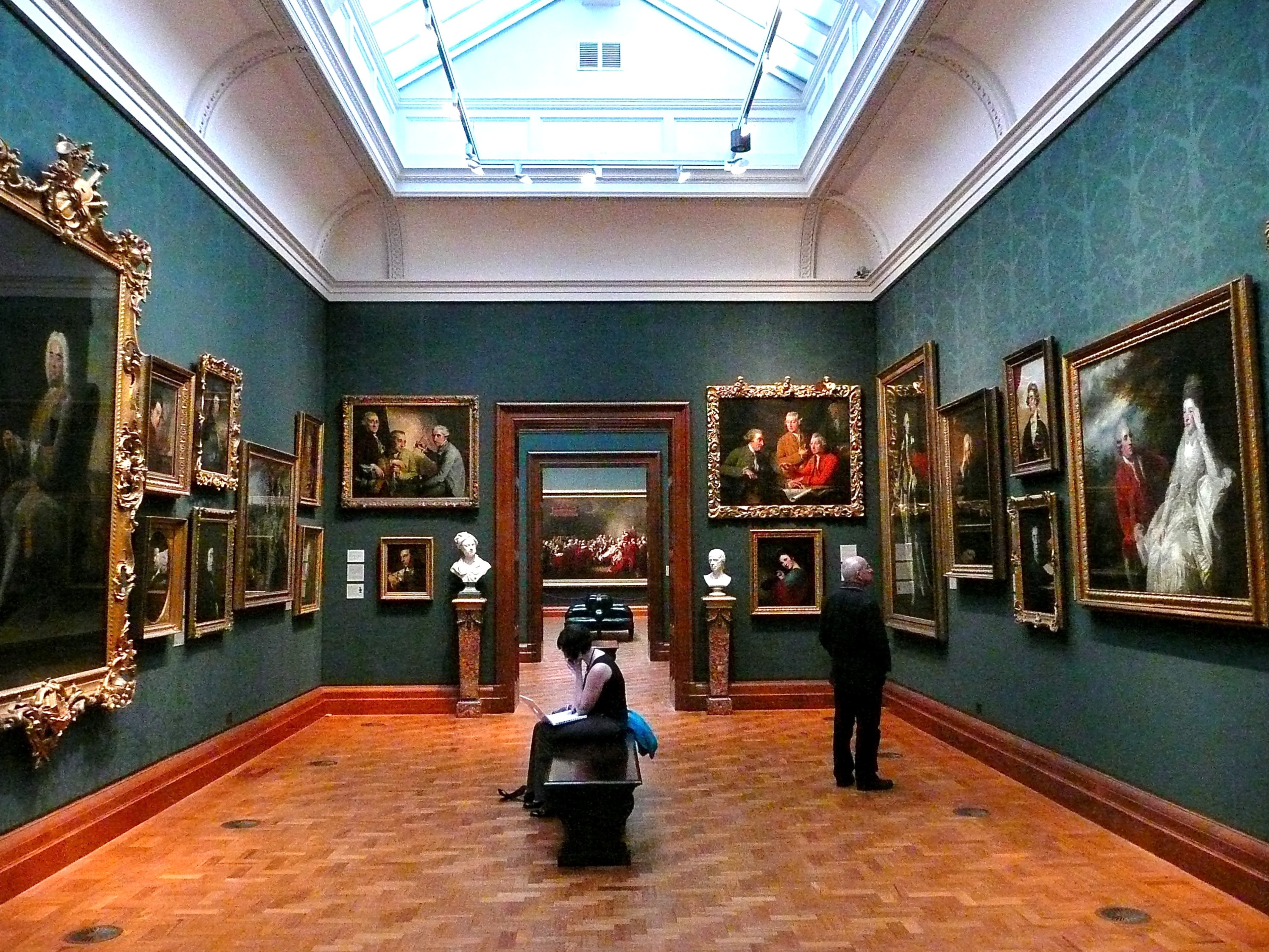
Which of these tourist attractions have you visited and which was your favorite?